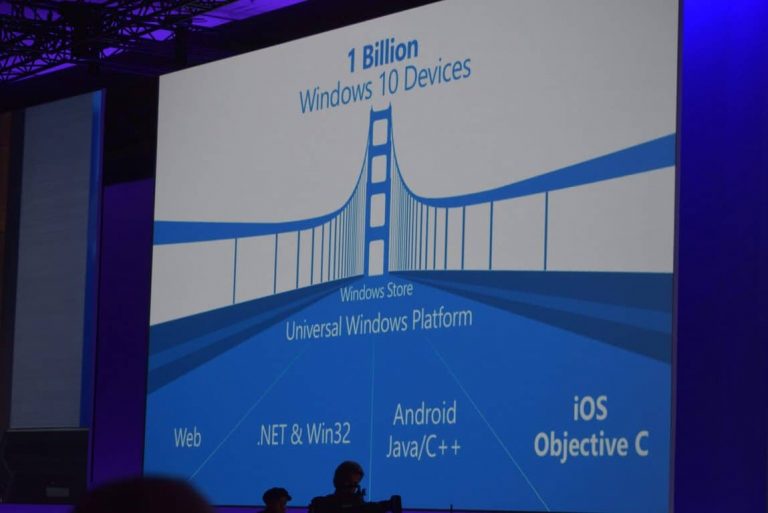Perhaps in defense of some insistent questioning coming from former Microsoft CEO Steve Ballmer, current CEO Satya Nadella is attempting to wrangle the narrative around Windows Phone’s app strategy. Yesterday, Ballmer attended the annual Microsoft shareholders meeting and as an active member with arguably the largest shareholding for an individual, the former CEO held nothing back on his view of how Microsoft as a company is operating.
Specifically, Ballmer attacked current Microsoft CEO Satya Nadella’s approach to mobile with regards to Windows Phone through a comment made to Bloomberg reporter Dina Bass. Geekwire reports the conversation between a shareholder who’s question shadowed Ballmer’s sentiment:
With applications on the Windows Phone, I find it strange that things like the Starbucks app is not available on the Microsoft phone, and I would think that investing some development money into making the apps available that everybody sees with the Apple store and the other store, it’s like, why would I get the Windows Phone when I can’t do all this stuff?
The shareholder’s question is one that has been echoed by tech critics, journalists, and consumers for some time now, and Nadella’s answer is one that sounds eerily familiar as well.
On the application side, the goal we have is, look, we don’t think of our phones to PCs to consoles and even to HoloLens as all these separate platforms with separate marketplaces with separate applications, because the powerful concept of Windows and Windows 10 is that it’s one application platform, one store for developers, that then should attract developers to build once and then have them run across all of Windows. That’s the value proposition: for Starbucks, or for anyone else, to be able to write it and get the returns for that investment on the Windows platform.
This is new. We’ve had different efforts in the past but we now have one store and one app platform. Give us time to keep focused on it. We are seeing, for example, for the first time on the core of Windows desktop, with 100-plus million users, active engagement, the fact that they can find these Windows applications in the store, some of the developers like Netflix are seeing more engagement for the Netflix app vs. the web. So that’s an early indicator of data that I think will entice more of these developers to build more of these applications.
But we are very focused on that challenge. We recognize how the challenge influences choice on the phone. But we do need to think of the unified platform and make sure organically — instead of doing one-off deals to get one app — we’ve got to organically build momentum for the platform and that’s what we plan to do.
Nadella rephrased his requests with highlighting the need for Microsoft to build ‘organic’ momentum. He states that developers (albeit a big one) such as Netflix are seeing the benefit of Microsoft’s One-app platform as most of the 100 million plus core PC Windows users are finally moving over to app versus using their browsers.
After years of missteps with mobile, Ballmer slammed on the pedal to get Microsoft back into mobile competition. For better or for worse, Ballmer purchased the remaining mobile handset division of the only semi-profitable Windows Phone partner and presumably gave the green light for mobile app porting projects such as Astoria and Islandwood. The unified platform that Nadella has been championing over the past year is in part a Ballmer approved initiative as well.
Since his departure, Nadella has made some arguably ‘business conscious’ decisions to ease off, and in some cases, idle or reverse Ballmer’s mobile efforts. As many continue to watch the development of Windows 10, Windows 10 Mobile, Xbox One and the unified platform, it will be interesting to see where Ballmer’s initiatives stop, and Nadella-specific decisions begin.


